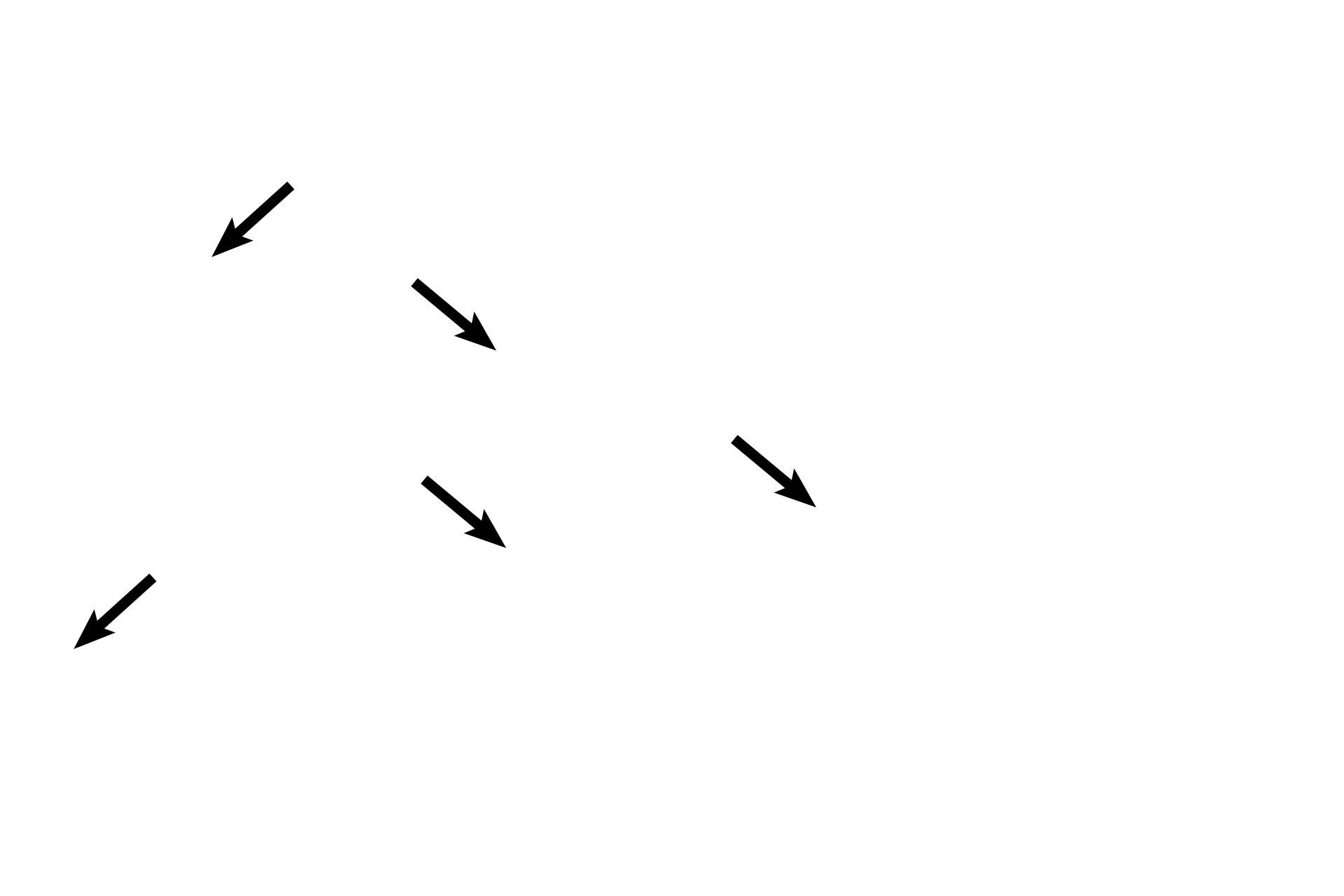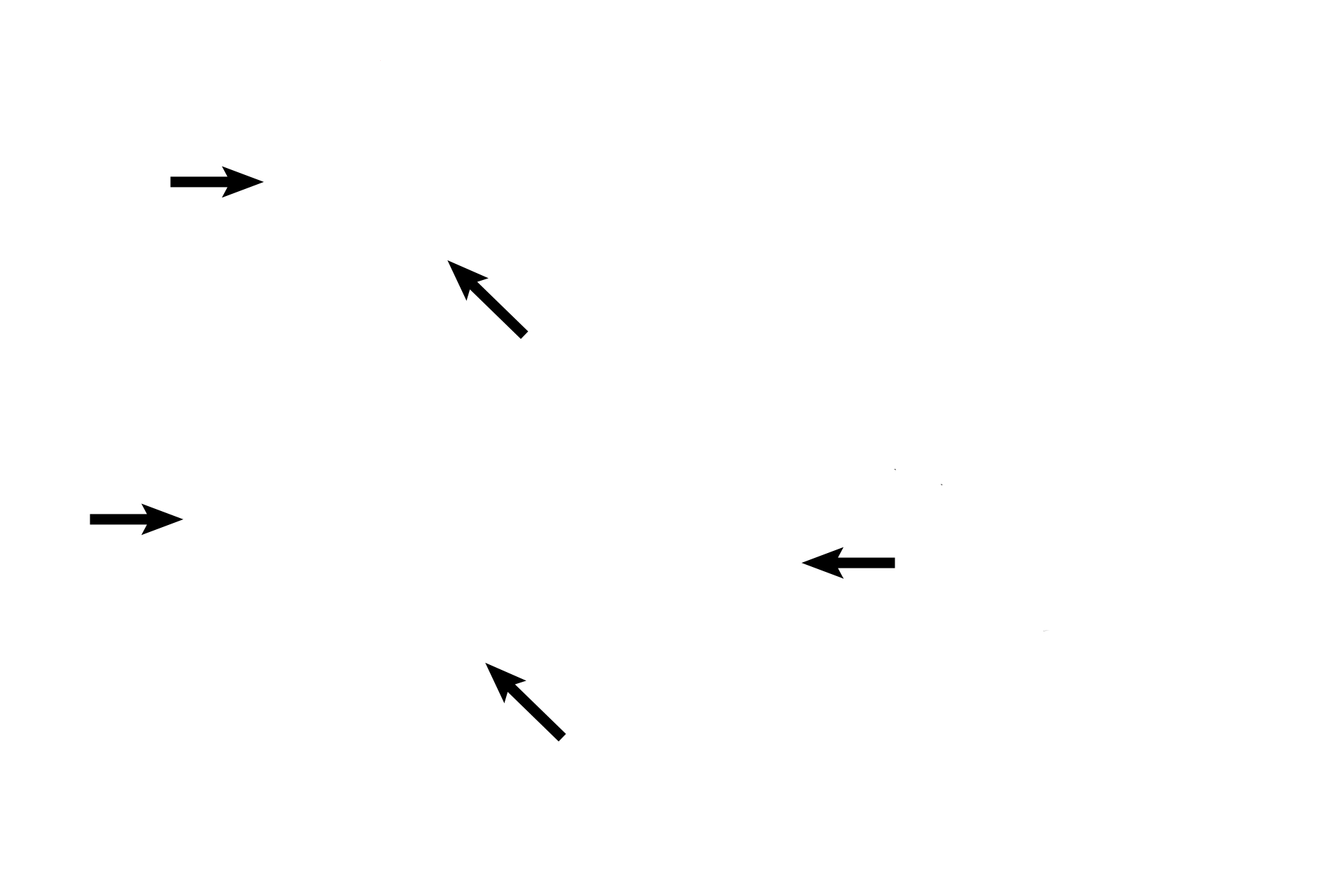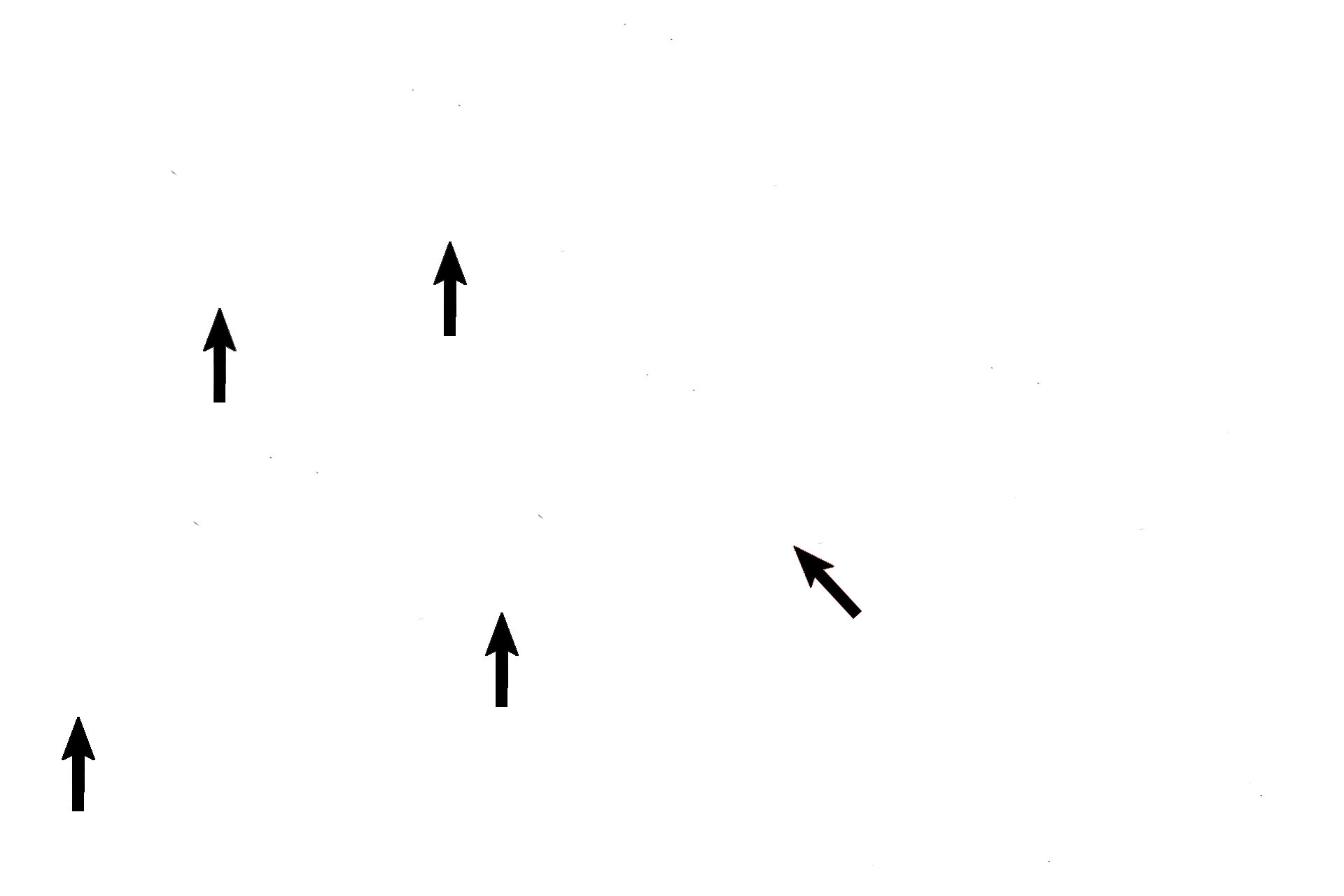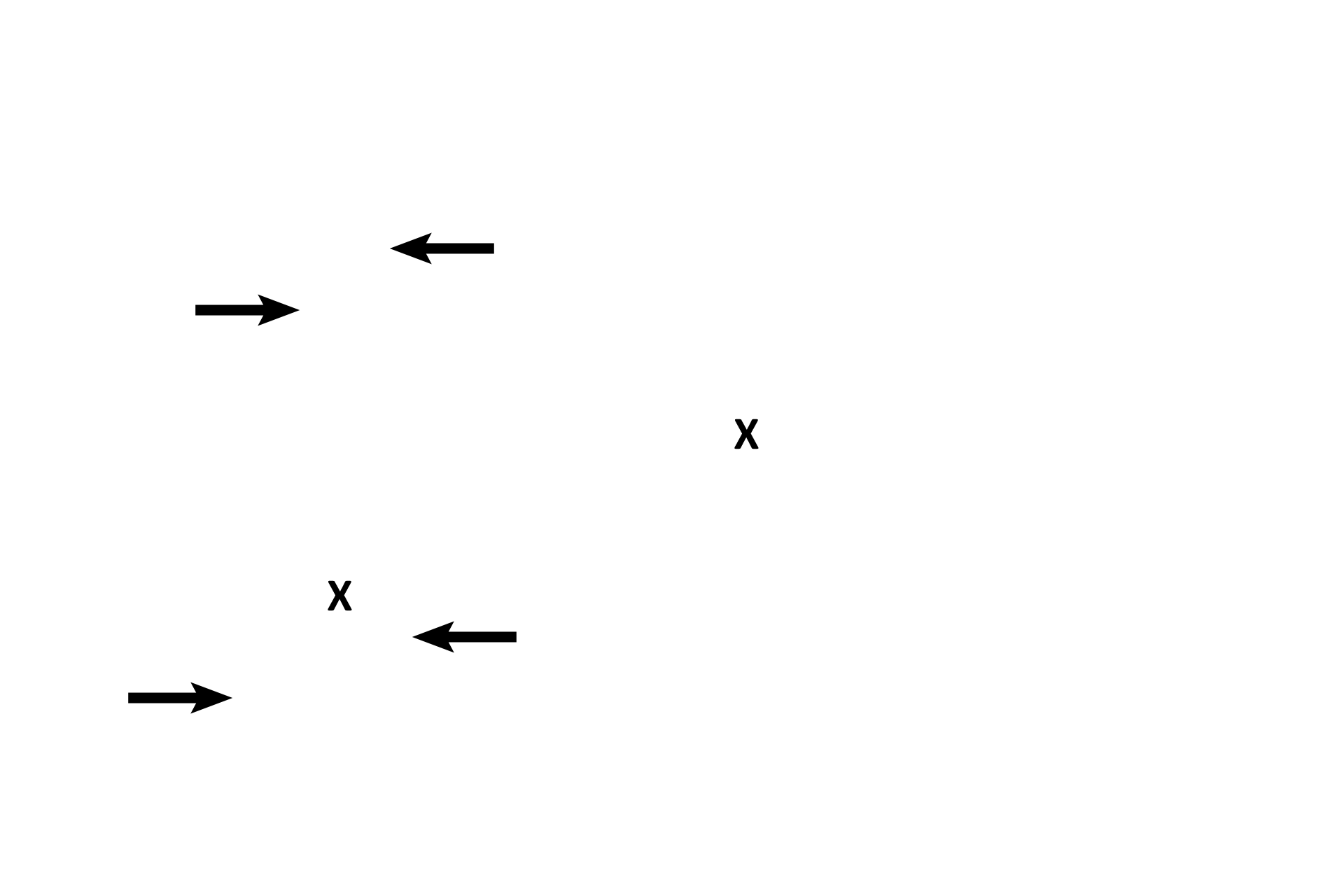
Cochlea
A section of the cochlea shows this bony tube coiled into a spiral. (This non-human tissue shows more than the 2.5 turns present in humans.) The membranous labyrinth, the cochlear duct, is centrally located within the cochlea, dividing it into a scala vestibuli, lying above the cochlear duct, and a scala tympani lying below. 40x

Cochlear duct >
The cochlear duct, part of the membranous labyrinth, is triangular in shape and is centrally located within the spiraling cochlea. Its central position compartmentalizes the cochlea into a scala vestibuli above the cochlear duct and a scala tympani below. The receptor for sound, the organ of Corti, a specialized neuroepithelium, lies in the floor of the cochlear duct.

Scala vestibuli >
The scala vestibuli (black arrows) lies above the cochlear duct and is continuous (red arrow) with the vestibule, hence its name. Scala vestibuli is part of the osseous labyrinth and, therefore, is filled with perilymph. Scala vestibuli is separated from the cochlear duct by the vestibular membrane.

Vestibular membrane
The scala vestibuli (black arrows) lies above the cochlear duct and is continuous (red arrow) with the vestibule, hence its name. Scala vestibuli is part of the osseous labyrinth and, therefore, is filled with perilymph. Scala vestibuli is separated from the cochlear duct by the vestibular membrane.

Scala tympani >
The scala tympani (black arrows) lies below the cochlear duct and is continuous with scala vestibuli at the helicotrema. Scala tympani is part of the osseous labyrinth and, therefore, is filled with perilymph. Scala tympani is separated from the cochlear duct by the basilar membrane.

Basilar membrane
The scala tympani (black arrows) lies below the cochlear duct and is continuous with scala vestibuli at the helicotrema (red arrows). Scala tympani is part of the osseous labyrinth and, therefore, is filled with perilymph. Scala tympani is separated from the cochlear duct by the basilar membrane.

Modiolus >
The modiolus, the bony, central framework of the cochlea, resembles the core of a screw. The threads of the screw spiraling around the core are formed by the osseous spiral lamina, a thin, bony process supporting the floor of the cochlear duct. The osseous spiral lamina is wider at the base of the cochlea and narrower at its apex.

Osseous spiral lamina
The modiolus, the bony, central framework of the cochlea, resembles the core of a screw. The threads of the screw spiraling around the core are formed by the osseous spiral lamina, a thin, bony process supporting the floor of the cochlear duct. The osseous spiral lamina is wider at the base of the cochlea and narrower at its apex.

CN VIII >
The cochlear division of CN VIII innervates the auditory receptor, the organ of Corti. Peripheral processes leave the receptor and pass through the osseous spiral lamina to reach the spiral ganglion (arrows), where their bipolar nerve cell bodies are located. Central processes form CN VIII (X) and travel through the center of the modiolus to join the vestibular portion of this nerve.
 PREVIOUS
PREVIOUS